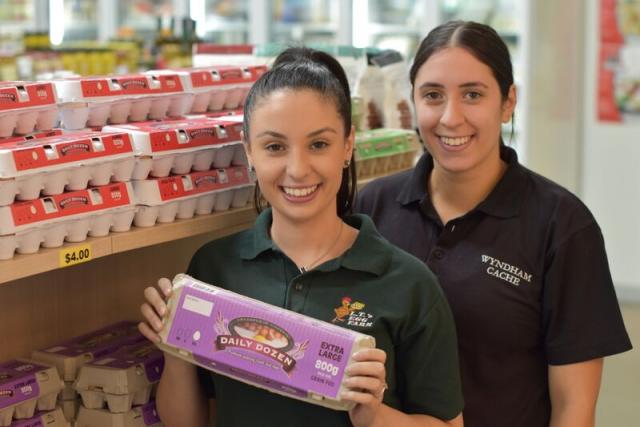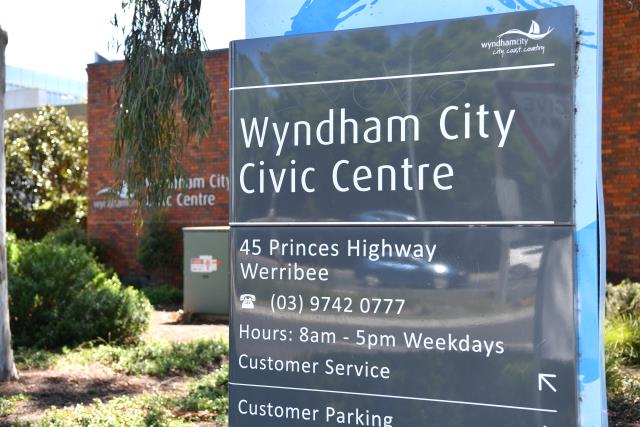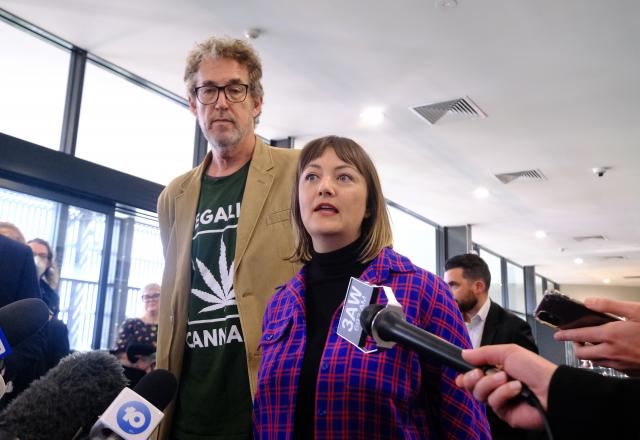Star Weekly has looked back at our editions and picked out a selection of our favourite stories from 2022, including…
If there’s ever been a time third generation egg farmer Danyel Cucinotta has been worried for the future of the industry, it’s right now.
The Werribee South farmer runs L.T’s Egg Farm with her sister, and the pair are responsible for the care of about 30,000 chickens.
“We mostly service our own Wyndham community, we do quite a bit in the western suburbs of Melbourne, cafes, delis, fruiterers [and] butchers,” Ms Cucinota said.
It’s estimated by not-for-profit group Australian Eggs that the nation consumes about 18 million eggs a day, and Ms Cucinotta says most of these eggs are domestically produced.
“The next time you’re out for brunch at a cafe and you order eggs, you’re supporting local farmers,” she said.
But with the ever present risk of Avian Influenza, biosecurity fears, and the reviews of the Animal Welfare Legislation Ms Cucinotta said there are many factors that threaten to impact the supply of eggs.
“Avian Influenza is carried by migratory birds and as you can imagine, because we don’t have border patrol for birds, and as they migrate, they could be carrying disease with them,” she said.
“Birds fly over certain farms, they defecate, we might step in poo and then we go into a shed and take Avian Influenza in, and wipe out our whole flock.
“In Werribee South because we have such beautiful parkland across from us, as lovely as it is, it creates a huge biosecurity risk for us, we’ve gotta be really careful about the people we let on our farm, the way we let people on our farm and the kinds of biosecurity rules we use.”
But right now, Ms Cucinotta said the “big risk” for the industry is the outcome of the review of the Animal Welfare Legislation.
“The standards and guidelines for poultry have been released on a national level as a recommendation, and there is concern of a phase out of cages, and that would be extremely problematic,” she said.
A Department of Agriculture spokesperson said the department would be phasing out conventional ‘battery’ cages, the standards would allow the use of larger, furnished cages that provide welfare improvements, including a nest area, scratch area, perch and foraging material.
About 50 per cent of egg production in Australia is in cage systems, Ms Cucinotta said, but they aren’t always the harmful, cramped cages people might envision.
“Cage systems are not the cages that existed in the’ 80s that you see on social media, cage systems have come such a long way,” she said.
“It’s really important because it provides better biosecurity, it provides us with consistent sustainable eggs, so when it’s winter and free range birds stop playing we still have the ability to access a steady flow of sustainable eggs because we have cage environmental sheds.
“We can provide a safe protein at a lower cost [to the consumer] essentially.”
There are some practices the farm enacts to keep their chickens in egg-cellent condition.
“We have foot maps at every entry into our shed, which has certain chemicals on there that ideally kill off any bugs or debris that they’re walking in with,” Ms Cucinotta said.
“Our staff have specific uniform that’s only used when they’re on our farm [and] we have washing stations.
“We check our birds twice a day, checking their overall health and wellbeing of a chicken daily is important.”







